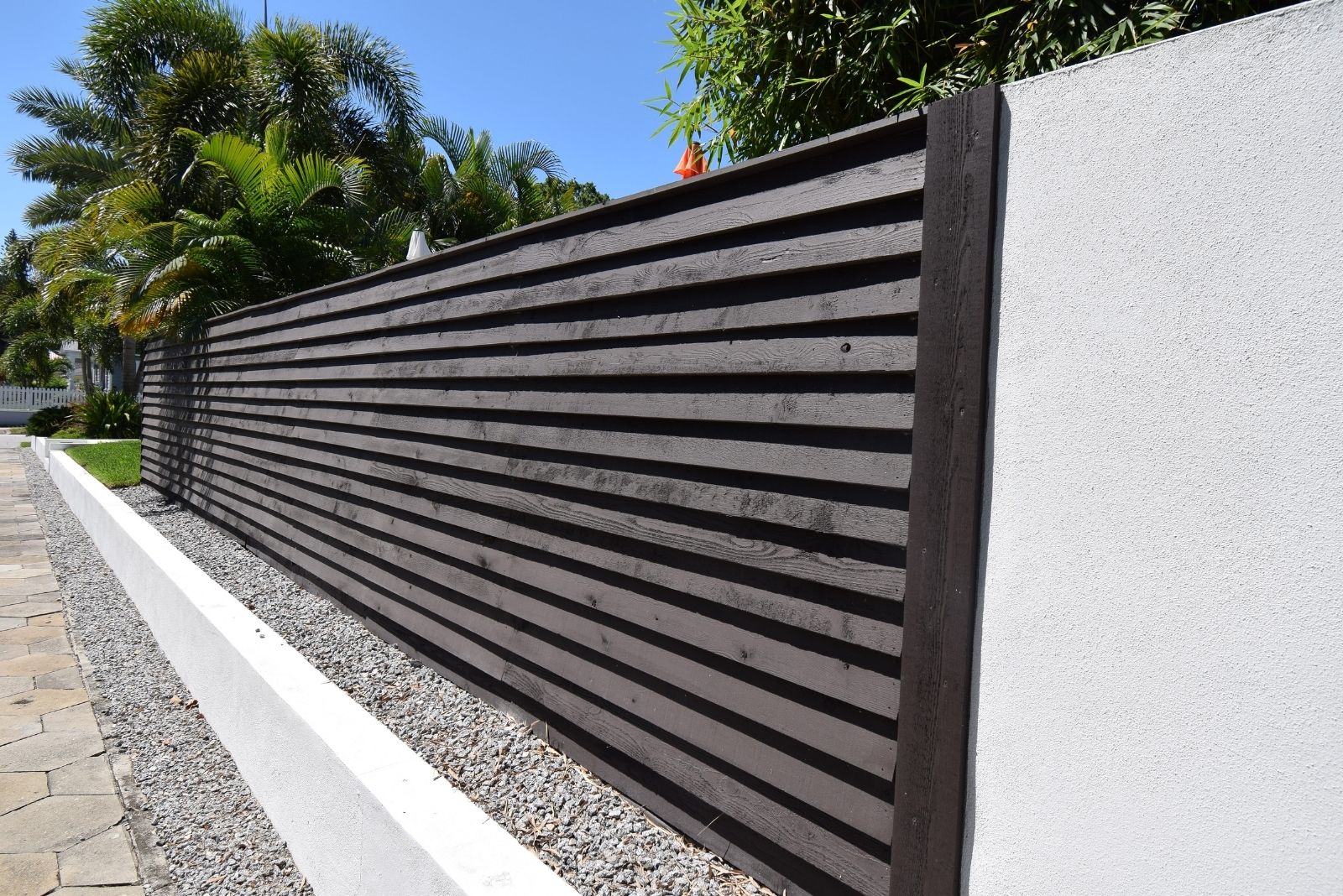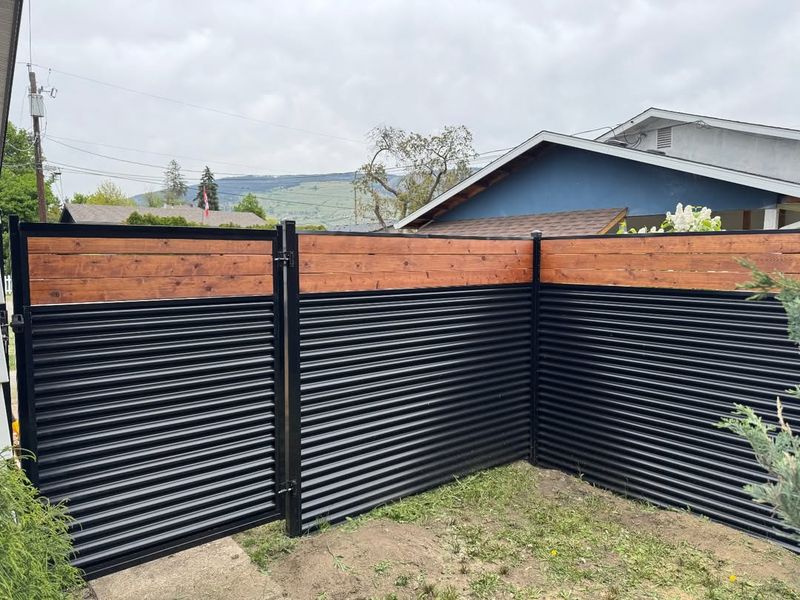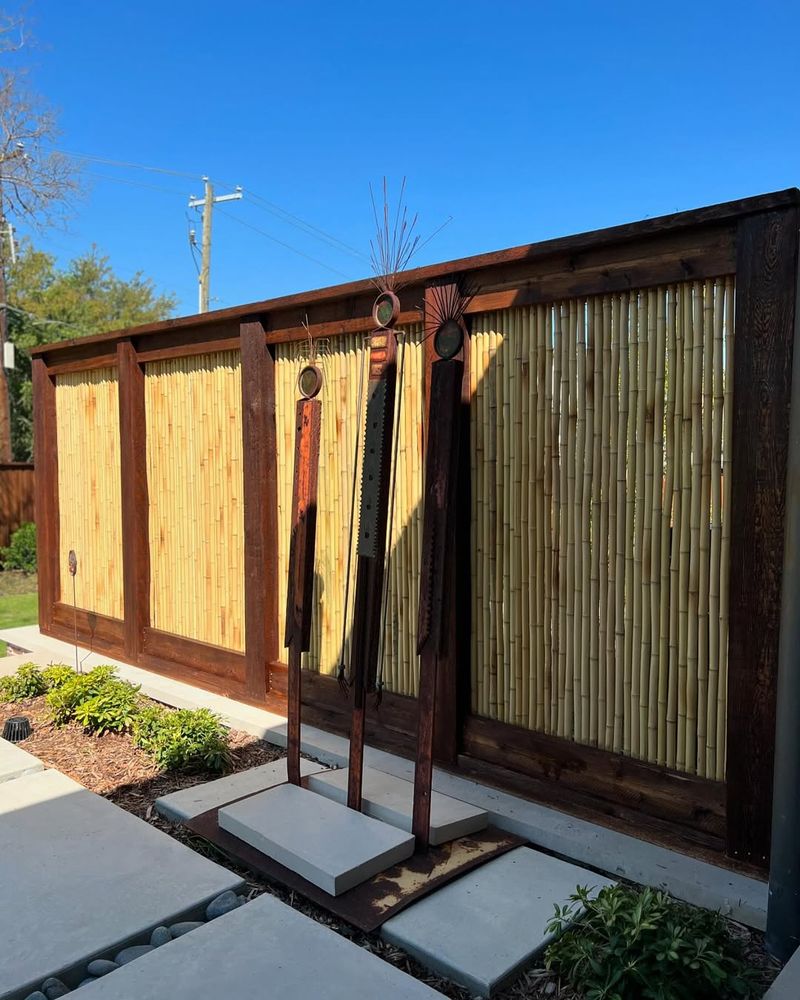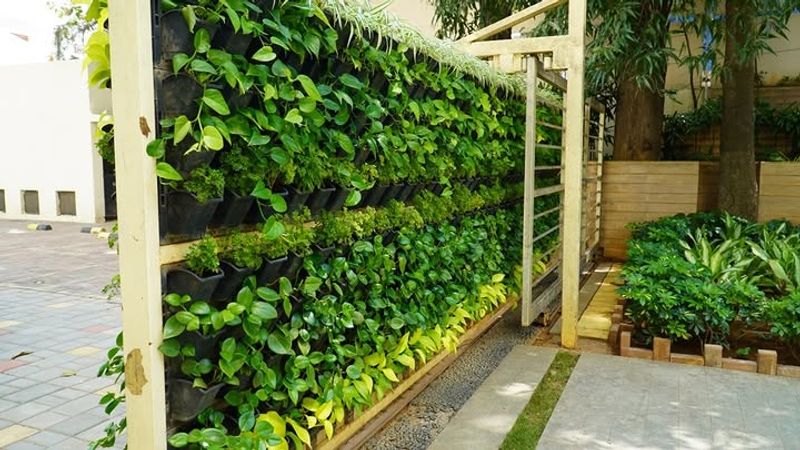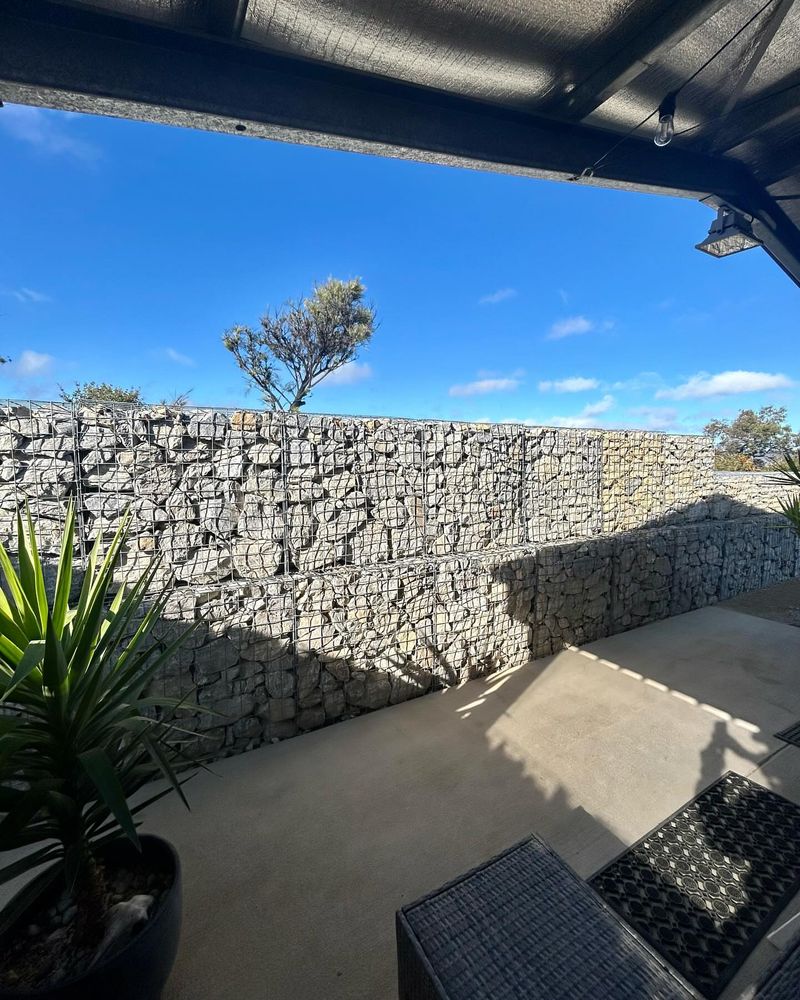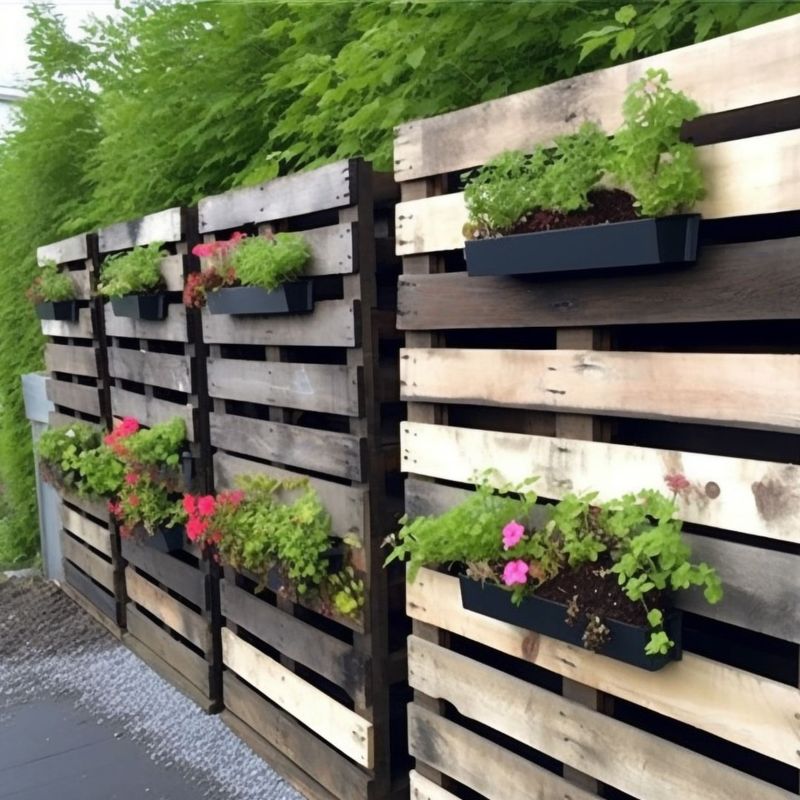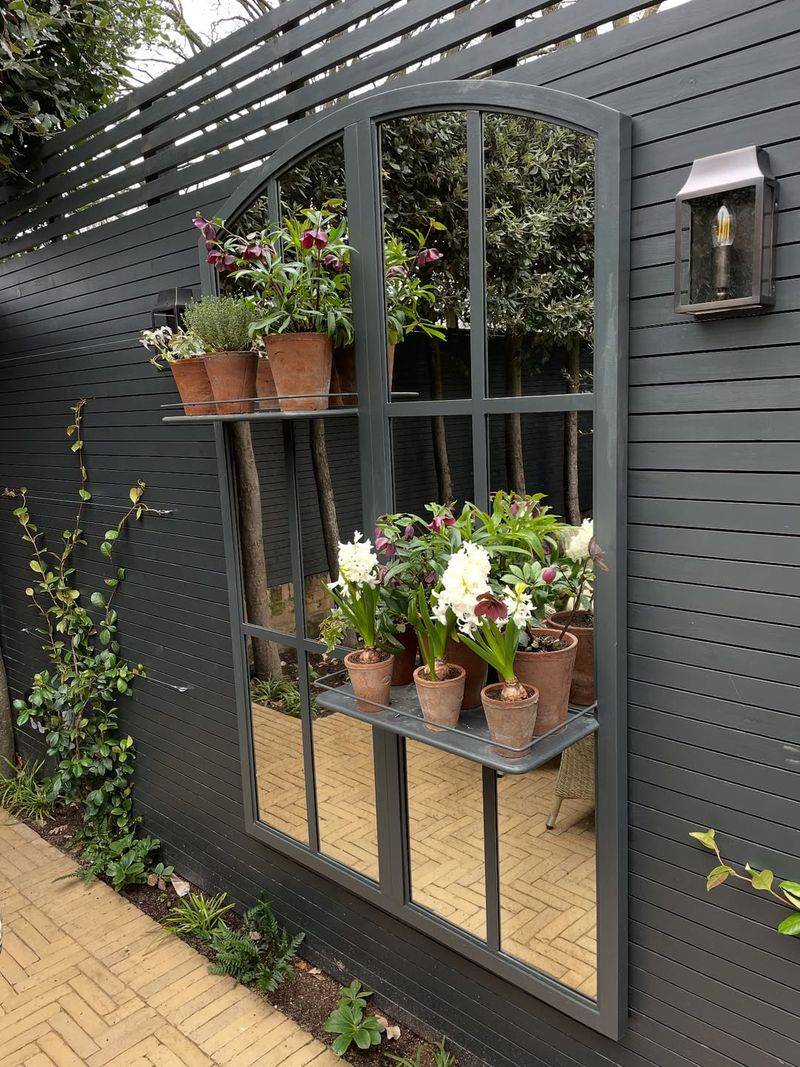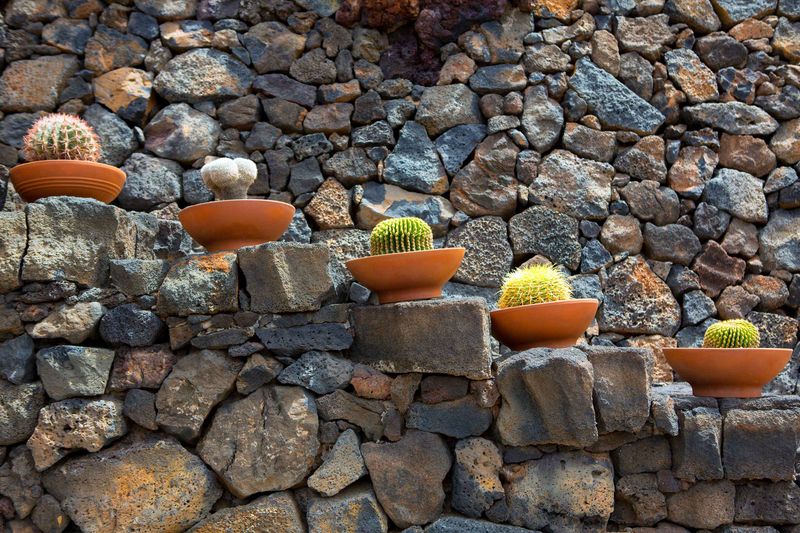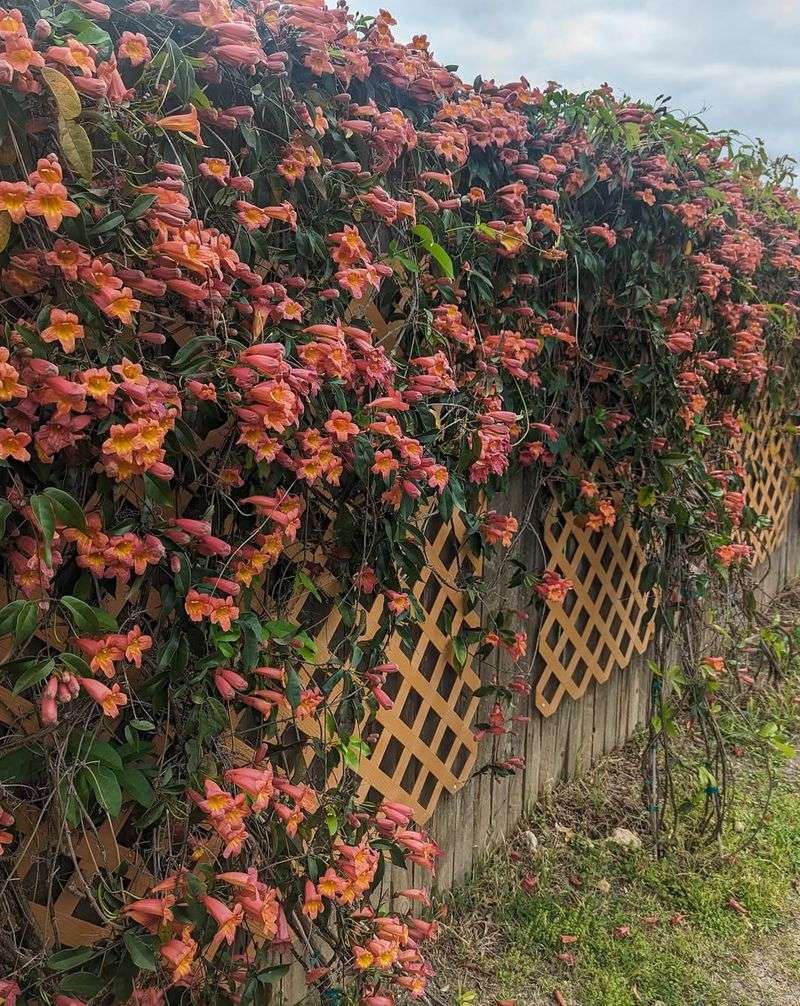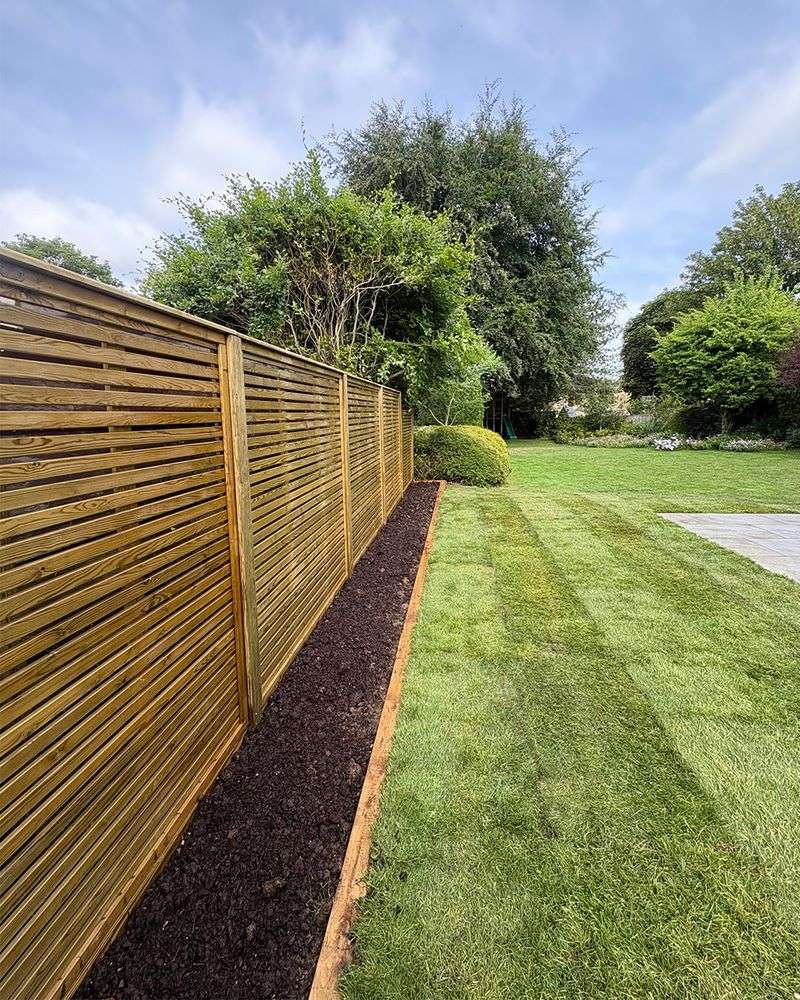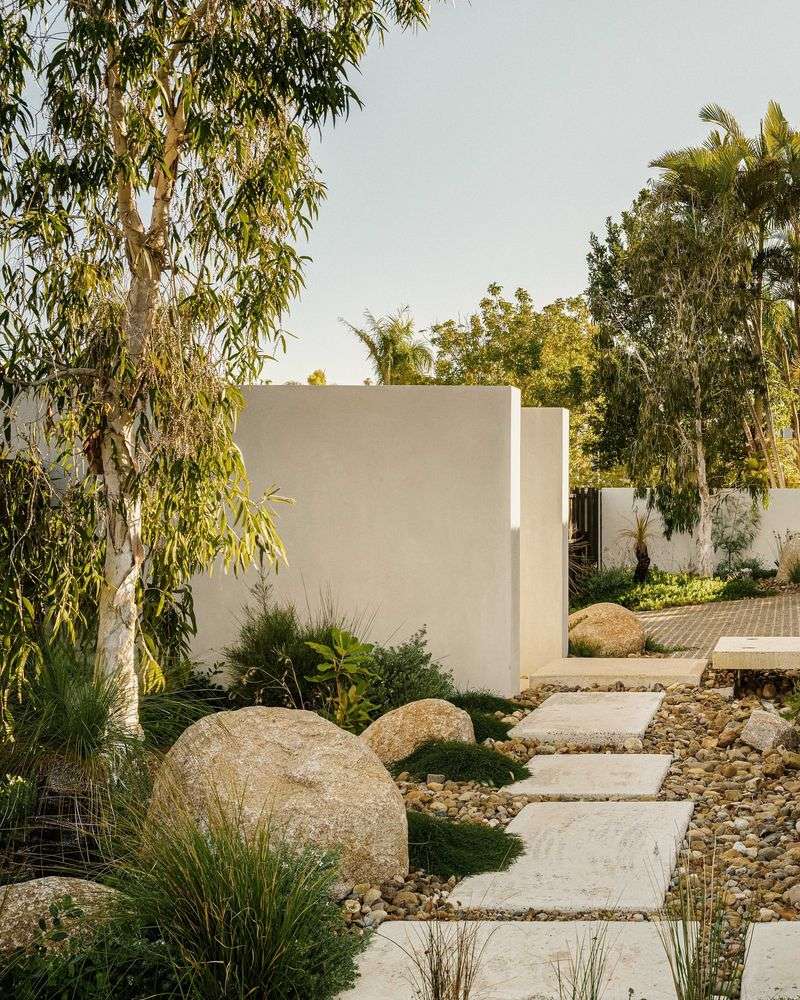Texas backyards face unique challenges with intense sun, unpredictable weather, and a landscape that ranges from desert to grassland.
Modern fences do more than mark property lines—they create privacy, support garden growth, and add style to outdoor spaces.
From my own backyard experience, the right fence can turn a plain yard into a functional retreat where plants thrive and neighbors stay at a comfortable distance. Here are ten fence ideas that work beautifully in Texas gardens.
1. Minimalist Wood And Metal Combo
Mixing wood with metal creates clean lines that suit contemporary Texas homes. In my experience, cedar or treated pine boards paired with steel posts hold up well against our weather extremes. The horizontal slats allow air to move through, which helps prevent wind damage during storms.
This design works great for gardens because you can train climbing jasmine or morning glories along the frame. The metal posts stay cooler than solid wood, so plants growing nearby don’t suffer from reflected heat. Plus, the open spacing lets enough light filter through for shade-loving ferns or hostas underneath.
2. Bamboo Fence With Planters
Bamboo brings a natural look that softens the hard edges of a backyard. What I’ve noticed is that bamboo panels hold up surprisingly well in Texas heat, especially when treated with a UV-resistant sealant. Attaching planter boxes directly to the fence maximizes space in smaller yards.
For me, these planters are perfect for herbs like basil, cilantro, and mint that need good drainage. The bamboo texture blends beautifully with greenery, making the whole setup feel like an extension of the garden rather than just a barrier.
3. Vertical Garden Fence
Turning a fence into a vertical garden maximizes growing space when ground area is limited. Pocket planters or mounted pots transform a plain barrier into a green wall that produces food and flowers. From my own setup, succulents and trailing pothos do exceptionally well in this arrangement.
Texas sun can be intense, so positioning the vertical garden on an east-facing fence gives plants morning light without afternoon scorching. This approach also creates natural cooling near patios since the plants absorb heat and release moisture into the air around them.
4. Gabion Wall Design
Gabion walls use wire cages filled with rocks to create a sturdy, distinctive boundary. These structures handle Texas weather extremes without warping or rotting like traditional wood. The stones absorb heat during the day and release it slowly, which can benefit cold-sensitive plants positioned nearby during cooler months.
What I’ve found useful is planting native grasses or drought-tolerant perennials at the base. The rocks provide excellent drainage, and the textured surface adds visual interest without needing paint or stain maintenance over the years.
5. Reclaimed Wood Panels
Using reclaimed wood gives fences character that new materials can’t match. Weathered barn wood or salvaged planks bring texture and history to garden spaces. In my experience, these panels develop beautiful silver-gray patina over time, especially under Texas sun exposure.
The irregular widths and natural imperfections create a backdrop that makes colorful flowers like black-eyed Susans or coneflowers really stand out. This fence style works particularly well in cottage gardens where a lived-in, relaxed atmosphere is the goal rather than strict symmetry.
6. Privacy Fence With Built-In Shelves
Adding shelves to a privacy fence turns dead space into functional storage and display area. For me, this has been a game-changer for organizing pots, gardening tools, and decorative pieces without cluttering the ground. Cedar or composite shelving resists moisture and insect damage common in Texas.
These shelves work well for rotating seasonal container plants that need different light exposure throughout the year. The tall fence blocks unwanted views while the shelves create visual layers that make the garden feel more intentional and designed.
7. Cactus-Friendly Stone Wall
Stone walls with planting pockets suit Texas xeriscaping perfectly. Stacking flat limestone or sandstone creates natural gaps where cacti and succulents can root. What I’ve noticed is that these walls drain quickly, preventing the root rot that kills desert plants in traditional garden beds.
The stone absorbs daytime heat and radiates it at night, protecting cold-sensitive varieties during unexpected freezes. This design requires minimal water and maintenance once established, making it ideal for busy homeowners who still want attractive garden boundaries.
8. Living Fence With Climbing Vines
Training vines over a simple wire or chain-link fence creates a living barrier that changes with seasons. Star jasmine, coral honeysuckle, and passionflower all thrive in Texas and provide coverage plus fragrance. From my own yard, I’ve seen how quickly these plants fill in gaps when given proper support.
This approach costs less upfront than solid fencing while creating habitat for butterflies and hummingbirds. The dense foliage blocks noise and wind better than you’d expect, and the flowers add color without taking up valuable ground space.
9. Modern Slat Fence For Airflow
Horizontal slat fencing with intentional gaps allows wind to pass through rather than creating pressure that can topple solid barriers. In my experience, this design works exceptionally well in open Texas landscapes where strong gusts are common. The spacing also creates interesting shadow patterns that shift throughout the day.
For gardeners, the filtered light supports understory plants that would burn in full sun. Mounting small pots between slats adds dimension, and the modern aesthetic complements both traditional and contemporary home styles without looking out of place.
10. Painted Concrete Fence With Native Plants
Concrete fences offer durability that wood can’t match in harsh Texas conditions. Painting the surface in earth tones like terracotta, sage, or sand creates a warm backdrop for native plantings. What I’ve found is that concrete reflects less heat than metal, making it friendlier for plants growing close to the base.
Pairing this fence with yucca, agave, or native grasses creates a low-maintenance border that looks intentional year-round. The solid surface blocks street noise and creates true privacy while the textured plants soften the industrial feel of the concrete.

